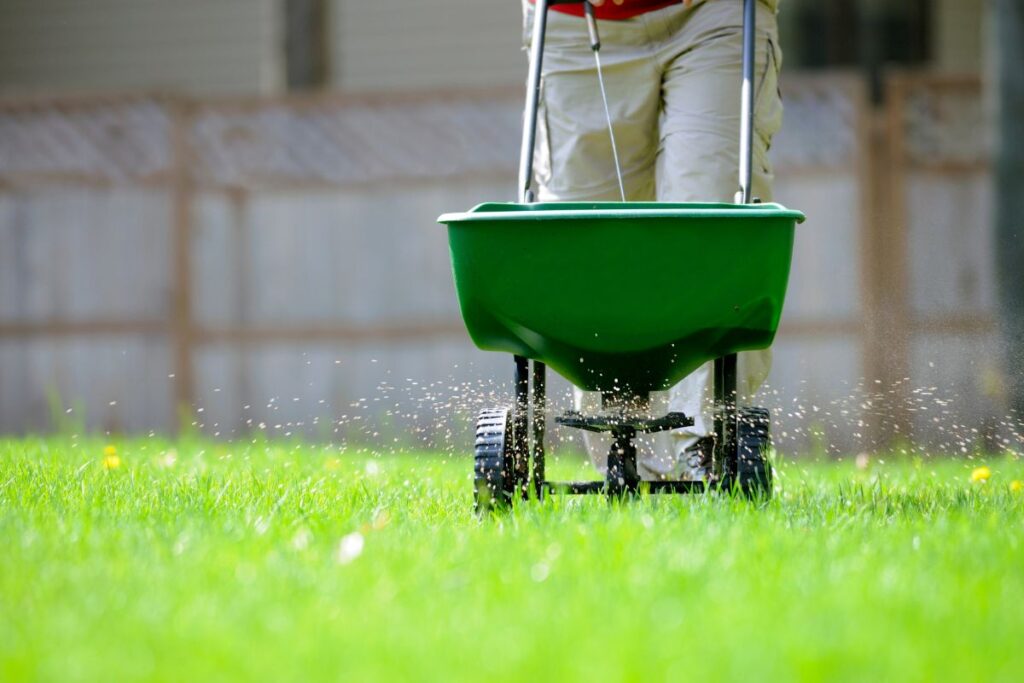Disclaimer: Our editors have used AI to create or enhance parts of this article and some images. All content has been fact-checked by our team to ensure accuracy.
Tired of dealing with annoying crabgrass?
Good news! You might already have the perfect solution at home.
Curious what it is?
Discover the one product that can help you destroy crabgrass for good. Let’s dive in!
It’s Rubbing Alcohol!

Picking out the right weed is crucial. Dallisgrass and crabgrass might look similar, but their differences are key. Once you know what you’re dealing with, you can choose your herbicide.
Wondering if rubbing alcohol or ethanol works? Absolutely! Mix 2 tablespoons of alcohol with 4 cups of water and apply it to your crabgrass. A 5% solution stunts growth, and a 25% mixture kills the plant. For a stronger impact, use pure alcohol on the roots.
Select a sunny and calm day for this task since the wind can spread alcohol droplets to other plants, harming them. Always wear protective gear when handling rubbing alcohol to avoid potential irritation to your eyes and skin. It’s also important to keep this treatment away from areas where children and pets play.
Should You Use It, Though?
Alcohol can certainly deal with crabgrass, but it’s not without risks. Household chemicals, including alcohol, can kill plants by dehydrating them. This means your lawn might suffer if you decide to use it.
Alcohol can contaminate the soil and groundwater, leading to poor lawn growth and the potential loss of your grass. Another concern is the negative impact on your garden’s ecosystem. Beneficial microorganisms could be disrupted or even killed by the alcohol.
Considering these factors, it might be better to stick with prevention methods or approved herbicides. These alternatives are less likely to damage your entire lawn.
If you still want to give alcohol a try, it’s best to experiment on a gravel patch first. This way, you can minimize the potential harm to your garden ecosystem and see the effects in a more controlled manner.
Prevent Re-Emergence

Keeping crabgrass from springing back is a practical approach to lawn care. Making sure your lawn is consistently maintained through regular mowing, fertilizing, and watering plays a crucial role. By mowing your lawn, you reduce the chances of crabgrass seedlings getting the light they need to flourish. Grass blades create a natural shade, preventing weed seeds from sprouting.
A well-fed and hydrated lawn grows robustly, naturally outcompeting crabgrass. Along with this, overseeding can significantly enhance your lawn’s density. A thicker lawn not only looks better but also leaves little room for crabgrass to grow. By filling in any bare spots, you make it harder for crabgrass to establish itself.
Dense grass acts as a natural barrier against weeds. Keeping your lawn lush and thick ensures that there’s limited space for crabgrass. Regular care, including timely mowing and fertilization, contributes to a weed-free lawn. If those pesky weeds do pop up despite your efforts, consider hand pulling as a last resort. Make sure to remove the entire root to prevent regrowth.
Routine inspection is key. By keeping an eye on your lawn and removing weeds promptly, you maintain both its appearance and health. Regular checks help you catch crabgrass early, making it easier to manage. Make these practices part of your lawn care routine to enjoy a beautiful, green space free from unwanted weeds.